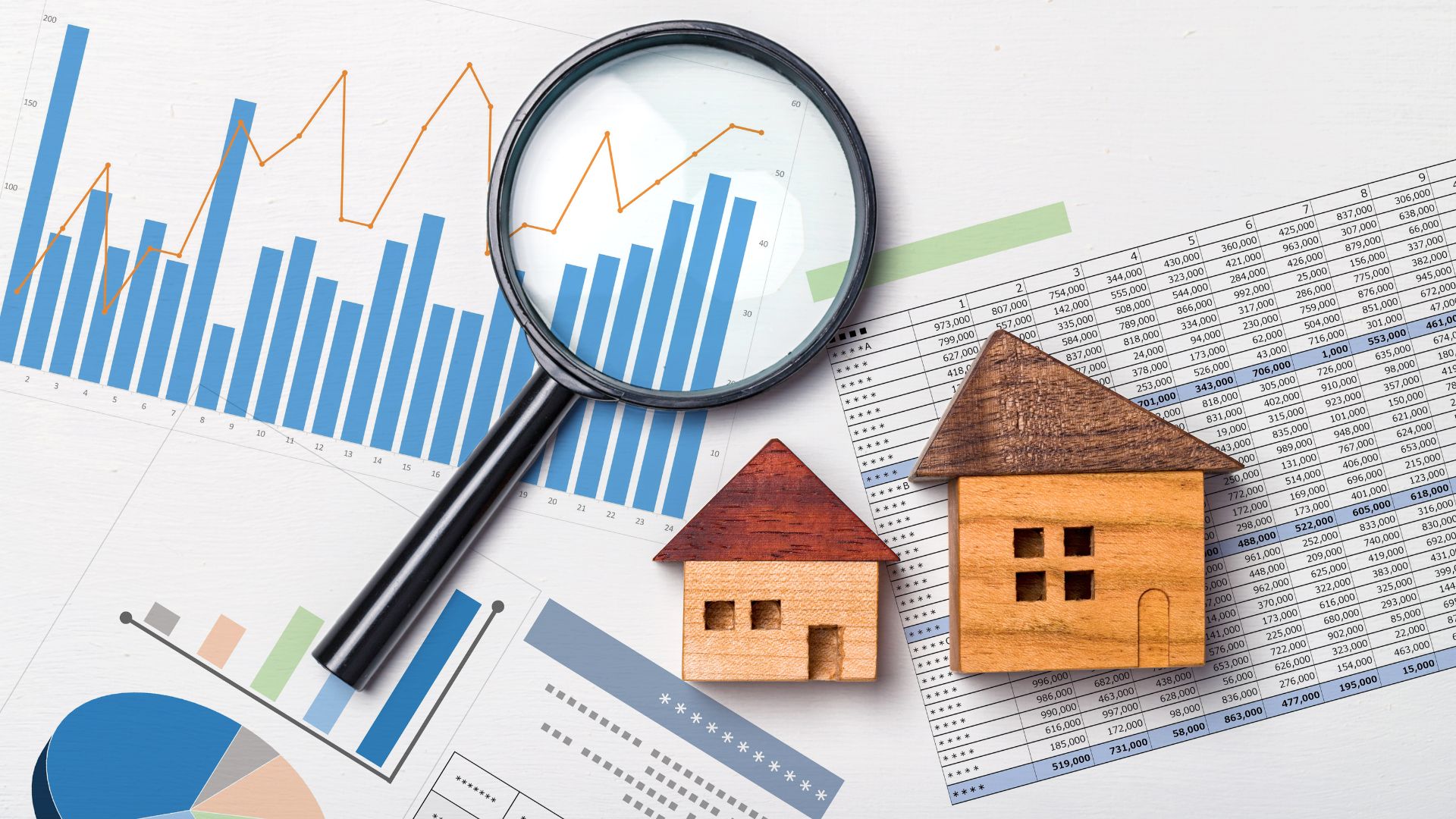As we enter the homestretch of 2021 and start to turn the page towards 2022, we are doing what most of you are probably doing as well–reflecting on the year we have had, and starting to plan for next year.
Overall, Wildhorn Capital had an awesome year. We grew our portfolio (significantly), saw incredible rent growth and asset performance in the face of a global pandemic, and our Central Texas markets continued their incredible growth trajectory. We also exited two deals that beat our proforma expectations and have another under contract to sell in January. Looking back over the year, we sat down to do a recap of all the wonderful and abundant things in our Wildhorn universe, and truly our cup overfloweth.
Oftentimes when we speak with investors we counsel them to evaluate the team, the market and the deal when considering making an investment–and usually in that order. As we think back through the year we’ve had, we have broken down the highlights into those same three categories.
Our Team
Heading into this year, the main mantra and goal for Wildhorn Capital was to “Build Professionally”. This was largely an acknowledgement that as our business has grown and matured we needed to invest in our infrastructure and our people, with the goal of continuing to be able to support our investors and our assets with the same TLC that we’ve always done all while the portfolio continues to grow.
On this metric, we give ourselves an A grade for the year. We made two key hires this year, bringing on both a Director of Asset Management and a Director of Acquisitions. Both of these moves have elevated our game as we brought in seasoned experts that are teaching us more than we are teaching them. When we decided to grow the team, we made the strategic decision to hire folks mid-career vs new graduates. While this would cost the company more in salaries, our desire to keep our team small and nimble hasn’t changed–and by hiring superstars that bring lots of experience, we can create a ton of bandwidth on our side without growing our headcount by a lot. We also wanted to make sure we brought in folks that had a point of view about each of the respective disciplines, who could take our tools and make them better–or to tell us they already had better tools that we needed to adopt. (Truth be told, we’ve experienced a little bit of each of these, and our tools and company are better for it.)
Outside of our team’s (modest) growth, we wanted to make sure that every aspect of our firm was top notch, and that we were working with Best of Class people inside and outside our organization. In that regard, we transitioned the majority of our service providers. These moves were made not because we felt like our current ones were substandard, rather that we needed larger organizations that could better support our growing team.
At our recent Holiday team get together, I was reminded just how successful this year was in this regard, as our table now sits 7 people rather than the 3 we had just last year.
Our Market
Austin had a record year on the job announcement front–for the second year in a row. That means that for two consecutive years, in the middle of a global pandemic, we’ve seen a new high on the job announcement front. You’ve seen all the big headlines from the massive corporate announcements in Austin (Tesla’s Gigafactory AND headquarter relocation, Samsung’s $17B semiconductor plant), but did you see San Antonio’s announcement about their own Economic Development fund? Opportunity Austin (the engine behind attracting all these jobs) has been a key to the growth of Austin over the last 20 years. We’re super excited to see San Antonio following in these footsteps and look forward to seeing how many jobs and companies this impacts over the coming years.
On the population side, this year saw the Census data from 2020 get reported. Austin grew by 33% between 2010-2020–the highest rate of growth amongst the largest 50 metros; San Antonio grew by nearly 20% in the same time period–good for 7th fastest rate of growth.
What we saw this year, and expect to continue, is that the COVID-enduced pandemic accelerated a lot of trends that were already in place, and Central Texas continues to be the beneficiary of this. There are no warning lights being flashed about the growth slowing down or the jobs going elsewhere.
In fact, we think the chips are aligning for even more growth in the coming years. We’re just now starting to see some of the supplier and support companies show up who have built their businesses around the Teslas’s and the Samsung’s. But we also know the pipeline of new companies eyeing relocations is as strong as it’s been.
Related to our multifamily business, the markets had a phenomenal year. Rent growth sustained truly staggering numbers. Austin achieved over 20% rent growth in 2021, while San Antonio eclipsed 15%. Heading into next year, both markets are projected to see double digit rent growth of between 10-15% (depending on the data source).
We recognize rent growth numbers at these levels are not sustainable, and perhaps not even healthy for the long-term well being of our markets. And in response to these, we’ll see more developments being added to supply roadmaps to meet the demands of both growing cities. These are both factors in our ongoing 2022 and beyond planning as we think about our markets, our growth plans and our overall business strategy. Stay tuned for more thoughts on that in a future article.
For today, we are continuing to focus and reflect on how lucky we are to be located in the middle of all this growth, where multifamily fundamentals look as strong (or stronger) than they ever have–and outpace every other market and asset class out there.
We joke that being Native Austinties like we are, that we woke up on third base–and whether we act like we hit a triple or acknowledge our good fortune of being born here–the view is fantastic and the market opportunities are plentiful. What we’ll be paying keen attention to (and focus on in a future article) is where these new units are coming online and which submarkets may feel the biggest impact.
Our Portfolio
The third leg of the investment stool is always the asset. If the team isn’t right, or the market is struggling, you can pretty well predict the outcome of the asset.
For us, all our assets had incredible years–which isn’t surprising if you read this far. Between market performance and dedicated Asset Management resources things were very well dialed in onsite. Occupancy remained high and the NOI’s grew by double digits on all of our deals. While that may sound easy in the current market environment, expenses are certainly growing faster than anticipated (though not as fast as rents are rising). Frankly, the biggest conversation we had on our current assets this year was talking through and adjusting our existing business plans.
Nowhere had we contemplated or underwritten rents growing this quickly. And with incredible investor appetite for Central Texas, Cap Rates have compressed so values have shot up. Onsite, that leads to discussions about our cap ex plans. If we’re getting 20%, 30% and even some 40% lease trade out reports (which we are and have been), then it doesn’t really make sense to renovate units at the pace we had underwritten to. For the most part, we focused on only renovating units that were very heavy turns–where the cost to just get the unit rent ready were nearly as much as a full renovation would be.
At the same time, we had consistent conversations with brokers about the values of our assets, as we aim to be the best stewards of our investors’ resources. If values are up, does it make sense to exit early and realize a large return? Would a refinance allow us to return most of the initial investment and continue to hold and operate the asset? These have been very regular conversations we’ve had on nearly every asset, and they will continue into the new year.
In a few cases, we made the decision to sell. In the first half of the year, we sold two of our San Antonio assets as a portfolio; today we have another asset under contract to sell. In all cases, returns have and will exceed our initial proformas, and we’re excited that we distributed over $40,000,000 of equity back to investors from these transactions.
On the acquisitions side, Wildhorn had a really strong year as we continue to grow and diversify our portfolio within Central Texas. All told, we closed on 6 assets this year that totaled over 1,400 units and over $300,000,000 of value. In each and every case, we can point to the points of conviction we have about our business plan and the asset. For some, it’s the lack of supply (and barriers to future growth) in the submarket; for others, it’s the location relative to jobs and proximity to high growth nodes; for others it’s the proven undermarket in-place rents and the value-addValue-add is a strategy where an investor or property owner seeks to increase the value of a property by making significant improvements or changes to it. The goal is to enhance the property's appeal, functionality, and income-generating potential, which can lead to higher rental income, increased property valuation, and improved overall performance. View Definition rental growth element.
While those are phenomenal numbers, what has us most excited is the variety of the types of assets we were able to secure. Of the 6, two were new construction assets just finishing lease up–which is a business plan we wholeheartedly believe in. We also bought a 2008-built value-add asset–giving us 3 deals that are newer than anything we had purchased coming into the year. On the flip side, we bought our oldest asset to date–which was built in 1969. As you can imagine, there was a special story there (it had been completely remodeled and gutted in 2009) and the location is truly special. In between, we picked up two 1980’s deals that are down the middle value-add propositions. As we continue to focus on growing the portfolio and leverage our relational advantages, we are encouraged by the diversification we can offer across business plans and product types within the Central Texas Multifamily universe.
All told, we could not be more excited about the year Wildhorn just experienced. We know we have the best team on the field, and we’re operating in the best markets in the country. On top of that, the future has never looked more certain for multifamily as an asset class. Much of our success is attributable directly to our investors and partners–to whom we are truly grateful.
We wish you all a relaxing and rejuvenating Holiday season, and look forward to an incredible year together in 2022.

Andrew Campbell is a native Austinite and Managing Partner at Wildhorn. He is a real estate entrepreneur who first broke into the business in 2008 as a passive investor. In 2010 he transitioned into active investing and management of a personal portfolio that grew to 76 units across Austin and San Antonio. He earned his stripes building and managing his personal portfolio before founding Wildhorn Capital and focusing on larger multifamily buildings. At Wildhorn, he is focused on Acquisitions and maintaining Investor Relations, utilizing his marketing and communications background to build long-term relationships.







